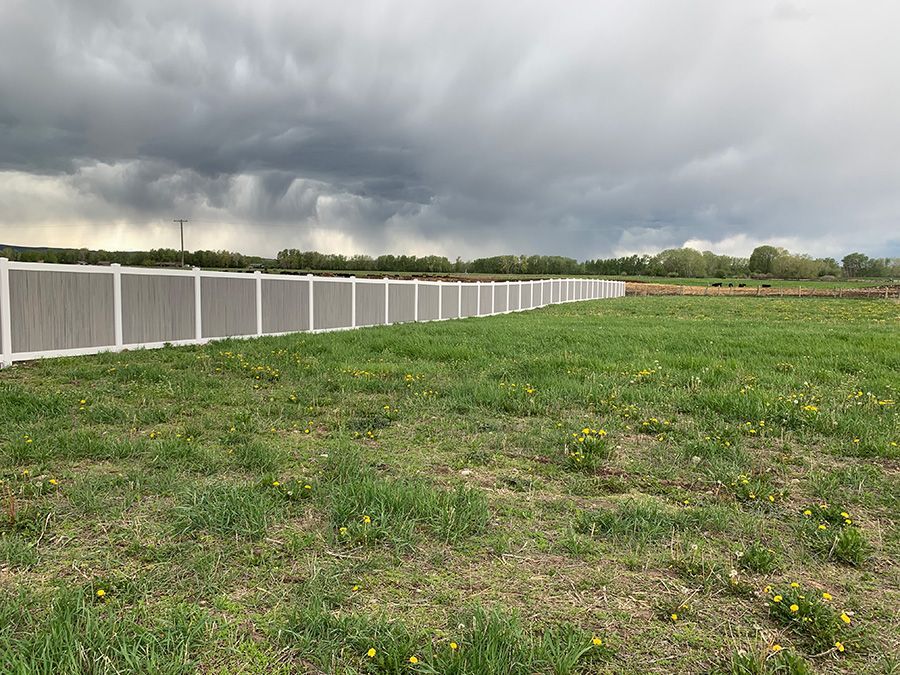Ornamental iron fencing is more than just a practical boundary marker—it's a symbol of beauty, craftsmanship, and history. The history of ornamental iron fences is deeply intertwined with the evolution of architectural and cultural styles, making them a timeless choice for both functionality and elegance. Come along as we uncover the origin, evolution, and lasting impact of ornamental iron fences on modern design.
Early History of Ornamental Iron Fences
The roots of ornamental iron fencing can be traced to ancient Egypt and Rome, where early examples of iron and bronze barriers were used. Initially, these fences focused on functionality, but as metallurgy advanced, so did the potential for intricate, artistic designs.
Key Historical Design Changes
During the 17th century, ornamental iron fencing evolved, becoming more detailed and artistic, especially in Europe. The industrial revolution of the 18th century was pivotal in making iron more affordable, enabling the creation of elaborate designs. Fences and gates adorned with intricate scrollwork, finials, and ornate patterns flourished in palaces and estates, marking the golden age of ornamental iron work.

Cultural Impact on Ornamental Iron Fence Designs
As iron fencing spread across different regions, designs became more influenced by local culture and heritage. In France, the baroque-style fences highlighted aristocratic traditions, while in the U.S., iron fences were a sign of status, particularly among wealthy industrialists and landowners. These cultural influences resulted in diverse designs, each reflecting regional tastes and available materials.
Contemporary Adaptations of Ornamental Iron Fencing
Today, ornamental iron fencing has evolved to meet the needs and tastes of the modern world. While traditional styles remain popular, there has been a rise in contemporary adaptations that combine the elegance of old-world design with new materials and technologies. Modern iron fences can be found in both residential and commercial properties, offering a combination of security, durability, and visual appeal. Today’s designs continue to honor the history of ornamental iron fences while embracing sleek, minimalist styles that cater to a range of architectural preferences.
Conclusion
The history of ornamental iron fences tells a tale of innovation, evolving from utilitarian barriers to architectural masterpieces. Whether you're planning to install ornamental iron fencing or just admire their timeless appeal, their rich history and ongoing evolution make them a unique and valuable choice.
We’d love to hear which ornamental iron fencing style you prefer for your property. Share your opinions in the comments!
#OrnamentalIronFencing #HistoryOfFencing #IronFences #FenceDesign #Metalwork #DecorativeIron #FencingHistory #ModernDesign #CulturalDesign